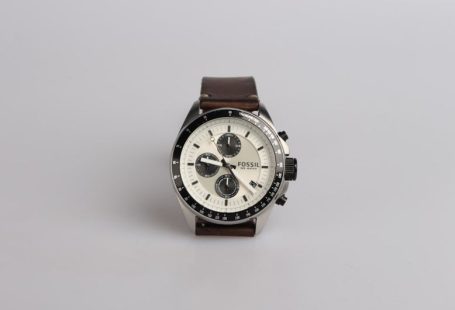In recent years, the fashion industry has seen a surge in the development and integration of tech-infused fabrics, boasting capabilities that range from moisture-wicking properties to UV protection. These innovative materials have captured the attention of both consumers and designers alike, promising a blend of style and functionality. However, amidst the excitement surrounding these high-tech textiles, a critical question arises: How sustainable are tech-integrated fabrics?
The Intersection of Fashion and Technology
With sustainability becoming an increasingly pressing concern in the fashion world, brands are turning to technology to create fabrics that not only perform well but also have a reduced environmental impact. Tech-integrated fabrics are designed to offer benefits such as enhanced durability, comfort, and performance, all while minimizing the resources required for their production.
Enhanced Performance and Functionality
One of the key selling points of tech-integrated fabrics is their enhanced performance and functionality. These materials are often engineered to provide specific benefits, such as moisture-wicking properties that keep the wearer dry and comfortable during physical activity. Additionally, some tech fabrics offer features like temperature regulation, odor control, and even antibacterial properties, making them ideal for activewear and outdoor apparel.
Sustainability Challenges
Despite their many benefits, tech-integrated fabrics also present sustainability challenges that cannot be overlooked. The production of these materials often involves complex manufacturing processes that may require the use of chemicals, energy, and water. Additionally, the integration of technology components, such as sensors or conductive fibers, can further complicate the recycling and disposal of these fabrics at the end of their life cycle.
Environmental Impact
The environmental impact of tech-integrated fabrics extends beyond the production phase and into the use and disposal of these materials. While some high-tech textiles may offer performance benefits that contribute to a longer lifespan for the garment, others may be more prone to wear and tear, leading to quicker disposal and contributing to textile waste. Furthermore, the presence of non-biodegradable components in these fabrics can pose challenges for recycling and circularity efforts within the fashion industry.
Balancing Innovation and Sustainability
As the demand for tech-integrated fabrics continues to grow, it is essential for brands and consumers alike to strike a balance between innovation and sustainability. While these materials offer exciting possibilities for the future of fashion, it is crucial to consider the environmental and social implications of their production and use. Brands can work towards sustainability by investing in research and development to create eco-friendly tech fabrics, implementing transparent supply chains, and educating consumers on the importance of responsible consumption.
Looking Ahead: The Future of Sustainable Fashion
In conclusion, the sustainability of tech-integrated fabrics remains a complex and evolving issue within the fashion industry. While these materials offer exciting opportunities for innovation and performance, their environmental impact cannot be ignored. Moving forward, it is essential for brands, consumers, and industry stakeholders to collaborate and prioritize sustainability in the development and adoption of tech-infused textiles. By fostering a culture of responsible consumption and embracing sustainable practices, the fashion industry can pave the way for a more environmentally friendly and ethically conscious future.





